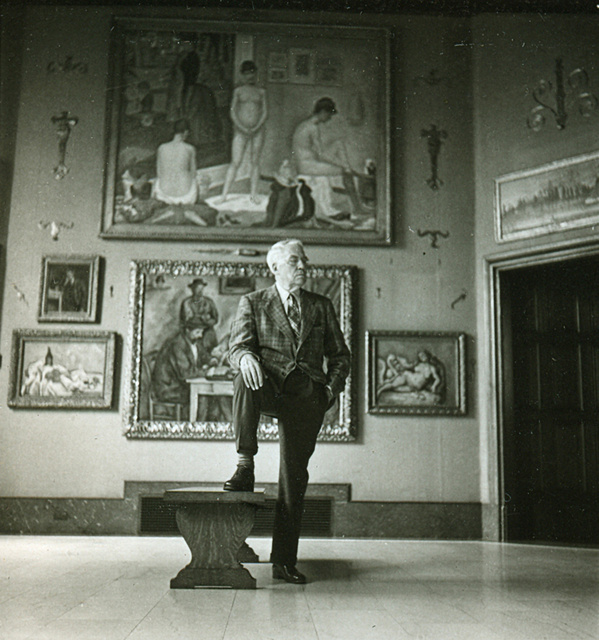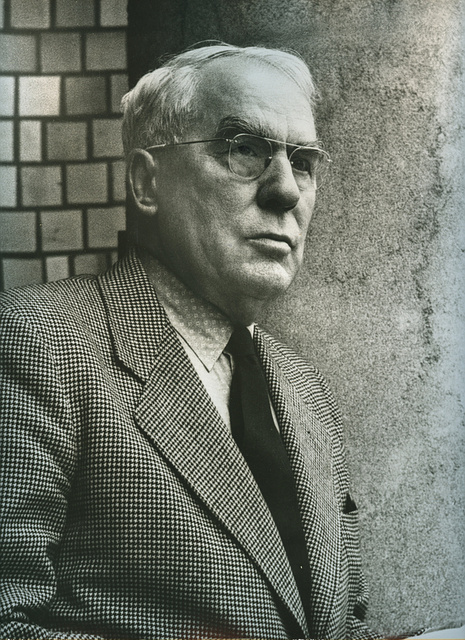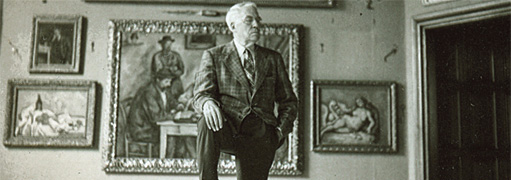Film Review: The Art Of The Steal, An Eye-Opening Introduction To Art Crimes
An Eye-Opening Introduction To Art Crimes


The man

the myth: Dr. Barnes
Latest Article|September 3, 2020|Free
::Making Grown Men Cry Since 1992


The man

the myth: Dr. Barnes